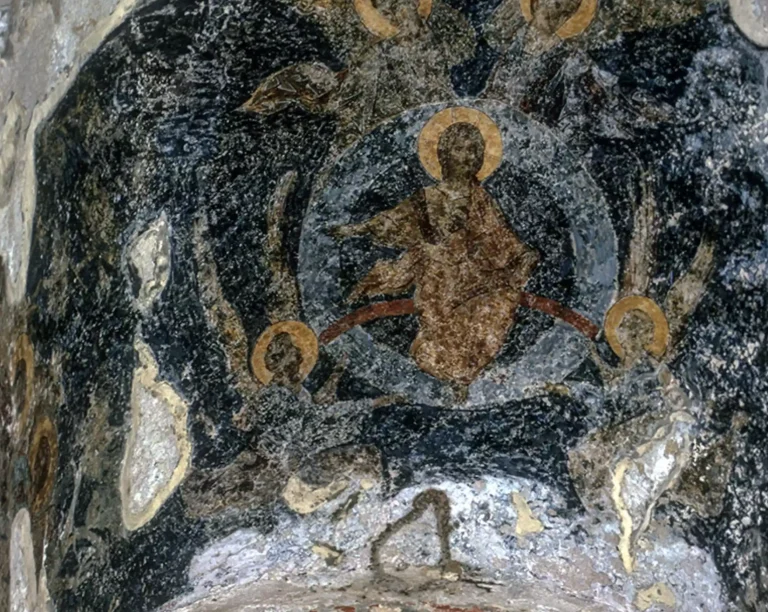
Mystagogy, a term rooted in the rich tapestry of Orthodox Christianity, represents the teaching and unveiling of the sacred mysteries of the faith. This profound and spiritual journey into the heart of Orthodox liturgy and doctrine is essential for understanding the deep, transformative experiences that define the faith. The term finds its origins in the Greek words “mystērion” (mystery) and “agogē” (leading), thus literally translating to “leading into the mysteries.” Mystagogy, as an integral aspect of Christian life, offers insights into the symbolic and spiritual dimensions of Orthodox rituals and sacraments.
Historical Development of Mystagogy
The historical development of mystagogy in Orthodox Christianity is closely linked with the early Church’s practices. From the patristic era, figures like Cyril of Jerusalem and John Chrysostom emphasized the importance of guiding the faithful, particularly the newly baptized, into a deeper understanding of the sacraments. This initiation into the mysteries served as both a catechetical and spiritual process, deepening the believers’ communion with God and the Church.
The Sacraments and Mystagogical Interpretation
In Orthodox Christianity, the sacraments, or holy mysteries, are central to spiritual life and are interpreted mystagogically, revealing deeper theological and spiritual meanings. This mystical interpretation helps the faithful understand and experience the divine reality these sacraments represent. For instance, in Baptism, water is not just an element of cleansing but symbolizes death to the old self and birth into new life in Christ. The Eucharist is seen not merely as a ritualistic remembrance but as a real participation in Christ’s body and blood, uniting the faithful with God and each other. This mystagogical approach enhances the personal and communal experience of these sacred acts, deepening the believers’ communion with God and the Church. Each sacrament, thus, becomes a gateway to understanding and experiencing the mysteries of faith, fostering a profound transformation in the life of believers.
Mystagogy in Contemporary Orthodox Practice
In contemporary Orthodox practice, mystagogy remains an essential component, deeply embedded in liturgical life, spiritual formation, and theological education. Modern Orthodox theologians and clergy actively utilize mystagogical methods to deepen the faith and understanding of their congregations. Through these methods, they elucidate the profound meanings behind liturgical actions and symbols, facilitating a more immersive and spiritually enriching experience. This approach ensures that the rich traditions and deep theological insights of Orthodoxy are effectively communicated and internalized by believers, fostering a living, dynamic faith that resonates with modern contexts and challenges. This ongoing engagement with mystagogy demonstrates its enduring relevance and vital role in the spiritual life of the Orthodox Church.
Mystagogy in Orthodox Christianity is not merely a historical or theological concept; it is a living, breathing aspect of the faith that continues to guide believers into a deeper relationship with the divine. Through its rich traditions and teachings, mystagogy remains a cornerstone of the Orthodox spiritual journey, inviting all to partake in the sacred mysteries of the faith.
References
- Oxford University Press. Accessed 17 December 2023.
- Brill. Accessed 17 December 2023.
- SAGE Journals. Accessed 17 December 2023.
- California University Press Scholarship. Accessed 17 December 2023.
- Biblioteka Nauki. Accessed 17 December 2023.
- HTS Theological Studies. Accessed 17 December 2023.
- Université du Québec à Montréal. Accessed 17 December 2023.
- HAL Theses. Accessed 17 December 2023.
- Brepols Online. Accessed 17 December 2023.
